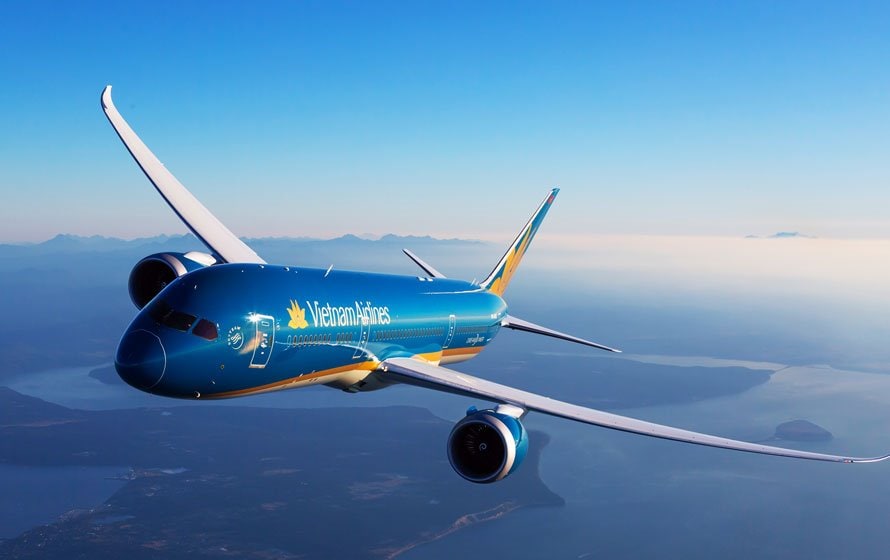Vietnam’s transportation system is a bustling network of roads, railways, waterways, and air routes that connect cities, towns, and remote regions across the country. Navigating Vietnam’s diverse transportation options can be an adventure in itself, offering travelers a chance to experience the country’s vibrant culture and stunning landscapes. In this guide, Up Travel Vietnam provide essential information and tips for navigating Vietnam’s transportation system efficiently and safely, ensuring a smooth journey from bustling urban centers to remote highland villages.
1. Getting Around Cities:
In Vietnam’s major cities such as Hanoi, Ho Chi Minh City, and Da Nang, travelers can navigate the bustling streets by various means of transportation. Motorbikes and scooters are popular choices for locals and visitors alike, offering flexibility and convenience for navigating through traffic-congested streets. Alternatively, taxis, ride-hailing services like Grab, and cyclos (three-wheeled bicycle taxis) provide comfortable and convenient options for getting around urban areas.


2. Inter-city Travel by Bus:
Vietnam boasts an extensive network of inter-city buses that connect major urban centers and remote provinces across the country. Travelers can choose from a range of bus services, including sleeper buses equipped with reclining seats or beds for long-distance journeys. Popular bus companies such as Mai Linh, Phuong Trang, and Hoang Long offer reliable and affordable options for traveling between cities, with frequent departures and comfortable amenities.

3. Rail Travel with Vietnam Railways:
For travelers seeking a scenic and leisurely way to explore Vietnam’s landscapes, rail travel with Vietnam Railways offers a comfortable and affordable option. The North-South railway line connects Hanoi and Ho Chi Minh City, passing through picturesque countryside, coastal plains, and mountainous regions along the way. Travelers can choose from various classes of service, including soft sleeper, hard sleeper, and seat options, depending on their preferences and budget.


4. Exploring Waterways:
Vietnam’s extensive network of rivers, canals, and coastal waterways provides opportunities for scenic boat trips and river cruises. Explore the iconic waterways of the Mekong Delta, where traditional wooden boats ply the labyrinthine channels, or embark on a cruise through the stunning limestone karsts of Halong Bay. Travelers can also take ferries or hydrofoils to reach Vietnam’s islands and coastal destinations, such as Phu Quoc and Con Dao.

5. Domestic Flights:
For long-distance travel between major cities and regions, domestic flights offer a fast and convenient option. Vietnam is served by several domestic airlines, including Vietnam Airlines, VietJet Air, and Bamboo Airways, which operate flights to destinations across the country. With modern airports in major cities and frequent flight schedules, domestic air travel is an efficient way to cover long distances and maximize time for exploration.


Navigating Vietnam’s transportation system offers travelers a chance to experience the country’s diverse landscapes, cultures, and lifestyles. Whether you’re cruising through the Mekong Delta, riding the rails from Hanoi to Ho Chi Minh City, or zipping through city streets on a motorbike, Vietnam’s transportation options cater to every traveler’s preferences and budget. By planning ahead and choosing the right mode of transportation for your journey, you can explore Vietnam with ease and embark on unforgettable adventures across this captivating country.


Comment (0)